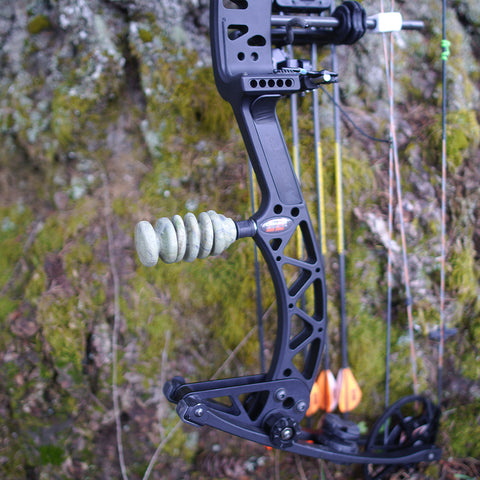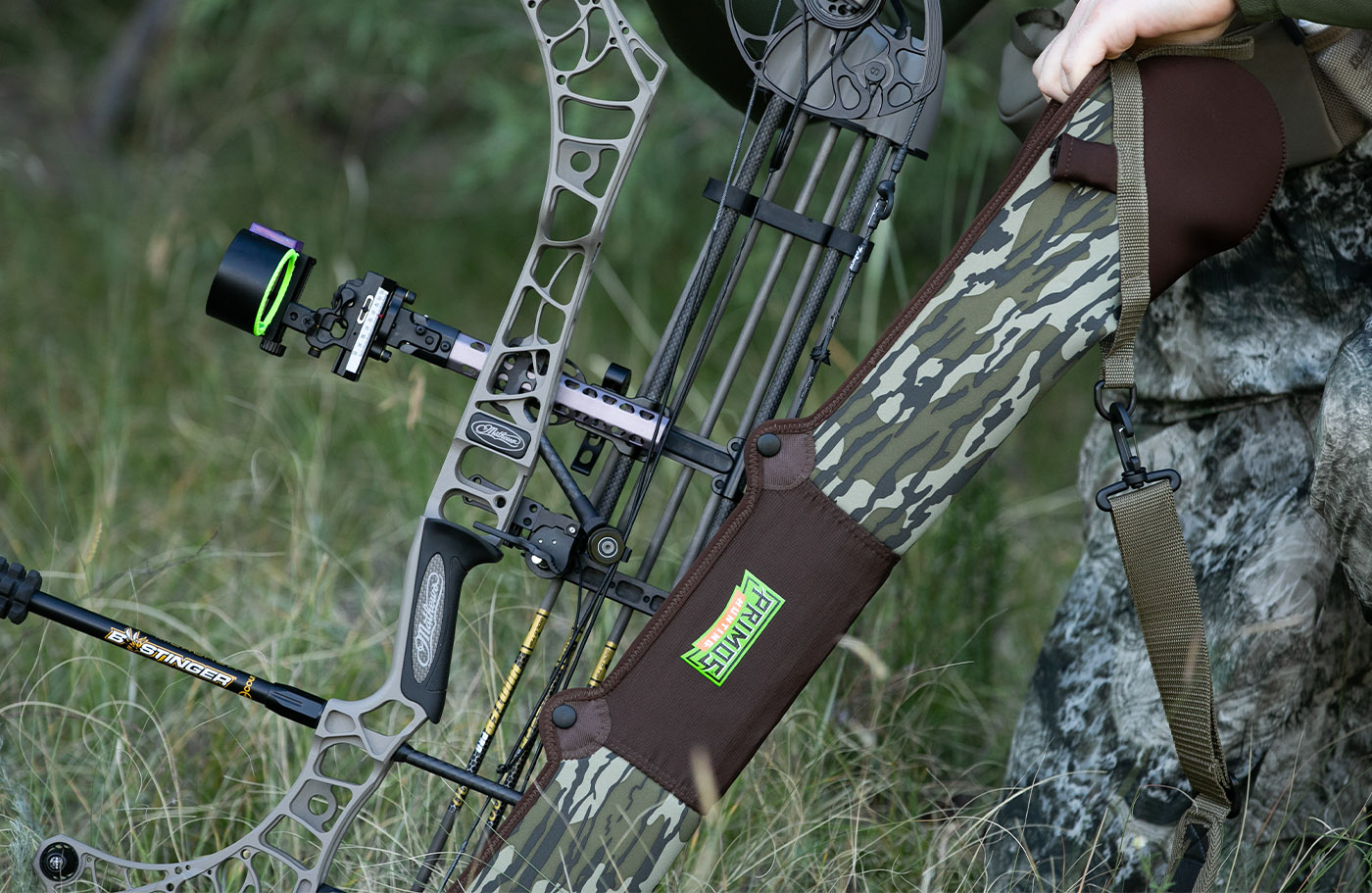Open Your Archery Potential with the Right Compound Bow Stabilizer
Achieve Pinpoint Accuracy in Archery With the Perfect Compound Bow Stabilizer: Every Little Thing You Required to Know
One essential component that can considerably impact the accuracy of a shot is the compound bow stabilizer. By understanding the relevance of a high quality stabilizer, exploring the various types readily available, thinking about important elements in the decision-making process, grasping appropriate installment strategies, and applying tips for optimizing accuracy, archers can boost their efficiency to brand-new heights.
Relevance of a Quality Stabilizer
Quality stabilizers play an essential role in boosting the accuracy and precision of a compound bow shooter's goal. These tools are not simple devices however integral components that considerably impact the efficiency of the bow. By reducing vibrations and torque, stabilizers aid preserve the bow's equilibrium throughout the shot, causing a much more controlled and stable launch.

In addition, high quality stabilizers can improve the shooter's total comfort and experience by minimizing hand shock and noise degrees. This not just improves the shooting experience but likewise minimizes the risk of creating fatigue or pain throughout prolonged session or competitions. In verdict, buying a high-grade stabilizer is crucial for any major compound bow shooter seeking to attain precise and constant outcomes.
Types of Compound Bow Stabilizers

Elements to Think About When Choosing
Longer stabilizers use more security and balance yet may be troublesome to maneuver and carry, while much shorter stabilizers are lighter and much more hassle-free yet might not provide as much stabilization. Carbon fiber stabilizers are light-weight and sturdy, while light weight aluminum stabilizers are tough yet might be much heavier. Examining these variables will certainly aid archers pick the ideal substance bow stabilizer that matches their individual demands and boosts their shooting efficiency.
Correct Installment Methods
To guarantee ideal performance and functionality of a compound bow stabilizer, proper and precise setup strategies are vital. Appropriate installation starts with picking the ideal stabilizer for your bow type and shooting style. When you have the ideal stabilizer, the very first step is to mount the bow on a safe bow press to alleviate stress from the arm or legs. Next off, attach the mounting bracket to the riser, guaranteeing it is firmly attached with the provided bolts or screws. It's essential to align the stabilizer with the bow's centerline to preserve balance and stability.
Do an examination shot to check the bow's equilibrium and readjust the stabilizer as required. By adhering to these specific setup methods, you can make best use of the efficiency of your compound bow stabilizer and boost your total archery experience.
Tips for Optimizing Accuracy

An additional trick tip for improving accuracy is to keep a consistent draw. Efficiently drawing the bowstring back without jerky motions can lead to even more regular shots. Additionally, method appropriate breathing strategies. Holding your breath while aiming can cause tension and influence your precision. Instead, take a deep breath, exhale fifty percent of it, and hold the staying breath briefly while taking your shot.
Lastly, regular technique is important for refining your skills and boosting accuracy. Routinely shooting with your compound bow stabilizer and focusing on these ideas can help you attain identify precision on a consistent basis.
Final Thought
In conclusion, selecting the appropriate compound bow stabilizer is essential for achieving pinpoint accuracy in archery. By investing in a top quality stabilizer and complying with these guidelines, archers can boost their shooting performance and total experience.
The most usual kinds include sidebar stabilizers, front stabilizers, and back stabilizers - compound bow stabilizer. Back stabilizers, or back stabilizers, connect to the back of the bow, counteracting the weight of devices like quivers and sights to enhance stability other during the intending procedure. Longer stabilizers provide more stability and equilibrium however may be troublesome to bring and steer, while home much shorter stabilizers are lighter and more hassle-free however might not supply as much stabilization. Carbon fiber stabilizers are long lasting and light-weight, while aluminum stabilizers are tough yet might be larger. When you have the right stabilizer, the very first action is to install the bow on a safe bow press to alleviate tension from the arm or legs